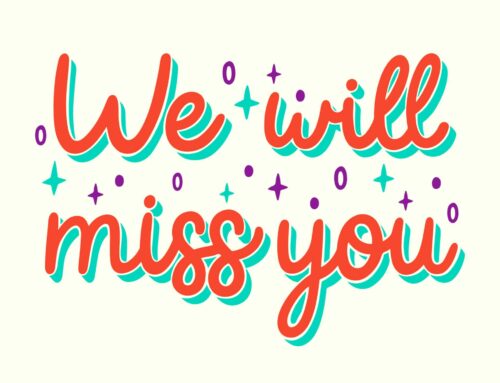
Looking for a new job? Good as there are plenty out there: we are in a candidate market and YOUR talent is needed!
As a headhunter, I have found 500 jobs so far. And gave them all away! How does it work? Read on.
There are many theories and frameworks around. We will choose one that is often used by career coaches: the TGROW model (Topic, Goal, Reality, Options and Way-Forward):
- Topic: What is the general issue to be addressed? In this context: a career move. It could, however, be also a promotion, career transition or else
- Goal: What exactly do you want to achieve? Make your goal SMART (Specific, Measurable, Achievable, Realistic, Timely): “Become an astronaut” when you earn your living with chinchilla farming does not seem realistic. On the other hand, “Leave my current employer, increase my salary by 15%, step up in the hierarchy by one layer and have the new contract in my pocket before the end of the year” is specific enough and measurable at the same time
- Reality: Where do you stand today? Do you have the right skills? What is required to reach your goals? Be critical and ambitious with yourself. If you lack certain skills or a degree, go and get what’s missing for the next step. If you do not have the time or energy to get back to school, check out online learning such as coursera
- Options: These are the possibilities you have to get where you want to. For a career move, you should consider the following ones: Networking is key and we all know more people than we think. Actually, anybody in the world is only 7 connections away from you! Contact everyone you know and ask who they know to learn about vacancies before anyone else does. The saying goes that the likelihood to find your next job through networking is 80%. And I believe this is a correct number. Use a Headhunter: As a professional recruiter, I truly believe that we have a place in today’s and tomorrow’s work place. However, the reality shows that only a small percentage of all candidates finds a job through us. Remember the probability in % from last month? Here is the answer. Social media can be of enormous help too for your application strategy and LinkedIn is today the most powerful tool to easily connect with the right people. Whether you decide or refuse to be present on LinkedIn or not (I met several people, CEO level, who deleted their profile…), 99% of hiring decision makers will google or “linkedin” you. And they will draw different conclusions which can be: “good online presence=takes control, networks, markets him/ herself in an effective way; bad or no online image=has not understood the 21th century”… LinkedIn has opened many doors for me and can do the same for you. CV databases: There are different ones out there and they can be another important puzzle piece in your application strategy. Nobody knows what they will look like in 10 years but today, many companies and recruiters use them
- Way-Forward: This is the meaty part. The best strategy is worth nothing without actions. Depending on how serious you are changing the job you could just update your LinkedIn profile or choose all options here above. SMART is key: Your networking efforts could be to attend 1 networking event per month as well as 1 formal meeting, 1 lunch and 1 breakfast with decision-makers per week and bring 5 new people into your network per week. Regarding headhunters, I recommend them but also recommend to be careful: choose 3, maximum 5 you trust and follow-up with them regularly. Regarding Social Media, LinkedIn is the go-to solution for most traditional white collar jobs. My experience is that out of 10 invitations, 8 will be accepted and once this is done, it is natural to ask “Priscilla, thanks for connecting. Please note I am currently looking for a new challenge. What is going on in your company, who could I contact?”. A SMART strategy can thus be: “Connect to all potential bosses, CEOs and HR Managers *your industry* in *your region* by the end of this month”. The total number of contacts that fall into this scope will define your daily to-do list. Not only for LinkedIn but also for CV databases, choose a catchy title that encourages readers to open your resume (for example “CEO” versus “General Manager/ industrial, machinery/ trilingual English, French and German”). Update for instance one word in the resume every Monday to make sure you do not show up on page 17 with the comment “last updated in January 2021” as nobody will open this anymore
Conclusion:
Take ownership of your next career step, work as hard and organized on your application strategy as you are working in the job and get that new challenge this year!






